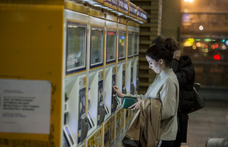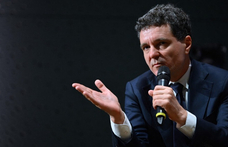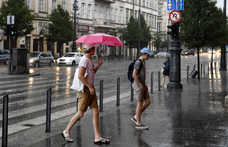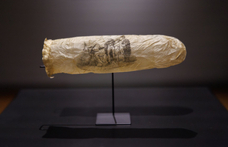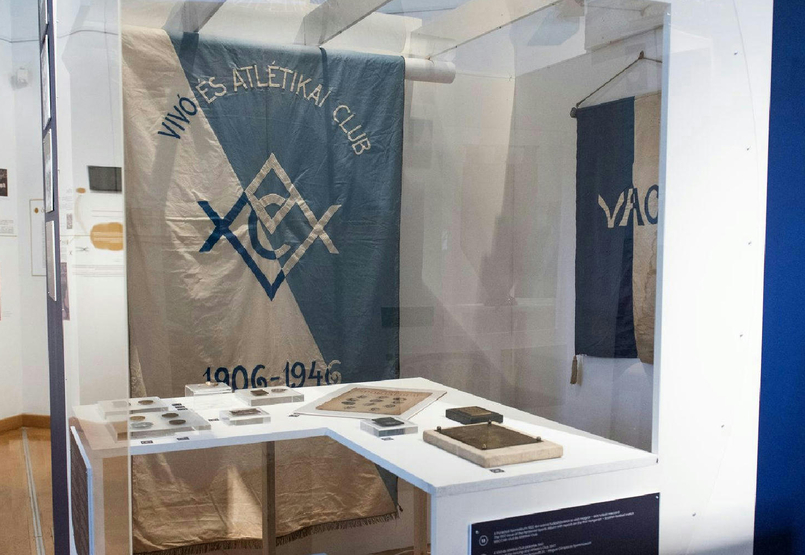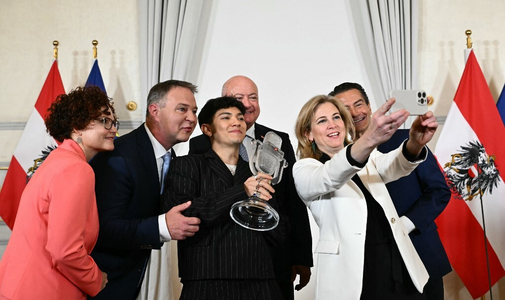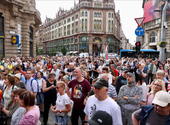"Revolutionaries" with no stomach for the fight
Gyorgy Budahazy is always there at gatherings of the extreme right. In radical circles, his name is almost a brand, one that signifies "resistance". This is remarkable, since though the former restaurant proprietor is happy to urge his followers into battle, he never has confrontations with the police.
It may be constitutionally questionable, but the Hungarian Self-Defence Movement's aims are clear enough to its supporters:
Gyorgy Budahazy, its leader, announced on 15 March that the Movement was carrying out a "revolution". On the movement's website, he announced that it was time to act, and that anybody who stayed at home was a coward. But he left action to the canon fodder in bomber jackets. Though he led the crowd for a good hundred meters along the route from Blaha Lujza ter to the Palace of the Arts, he was long gone before any serious disturbances broke out. Now, he is in hiding once again, at least according to Budapest Police, who are levelling no serious charges against him.
Budaházy giving autographs on Saturday © MTI |
Despite presenting himself as an uncompromising patriot, Budhazy was happy to reach an agreement with the police - although this did not tarnish his image with his supporters. We have no idea if he reached agreement with the police after his arrest, but the courts placed him under house arrest a few days after his arrest. In January, the Court of First Instance acquitted him of attempting to change the constitutional order.
Toroczkai, giving a speech to his followers © Stiller Ákos |
Budahazy's plan was for Hunnia to function as a kind of shadow state, with its own government, media, school and armed organisation. The Hungarian Self-Defence Movement is part of Hunnia. The Movement's presence on 15 March indicates that Budahazy's group does not admit Hungarists, but that they do not want to see disappointed extremists moving to the Hungarist wing.
Many see the emergence of Hunnia as a sign of a strategic shift.
According to this theory, movements which until now have been open are now closing up. But the 15 March event, where Budahazy, knowing full well that he had no hope of success, led his supporters into a confrontation with the riot police, throws this theory into question.






